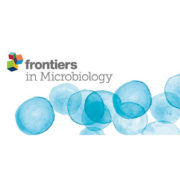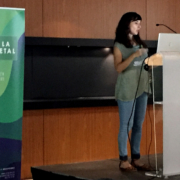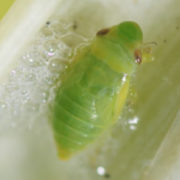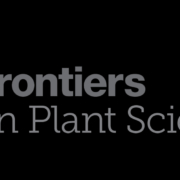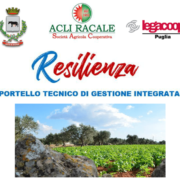In vitro determination of extracellular proteins from Xylella fastidiosa
ORIGINAL ARTICLE
1Centro de Biologia Molecular e Engenharia Genética, Universidade Estadual de Campinas, Campinas, Brazil. 2Instituto Agronômico, Centro de Citricultura Sylvio Moreira, Cordeirópolis, Brazil. 3Departamento de Química Orgânica, Instituto de Química, Universidade Estadual de Campinas, Campinas, Brazil. 4Departamento de Biologia Vegetal, Instituto de Biologia, Universidade Estadual de Campinas, Campinas, Brazil.
Abstract
The phytopathogen Xylella fastidiosa causes economic losses in important agricultural crops. Xylem vessel occlusion caused by biofilm formation is the major mechanism underlying the pathogenicity of distinct strains of X. fastidiosa. Here, we provide a detailed in vitro characterization of the extracellular proteins of X. fastidiosa. Based on the results, we performed a comparison with a strain J1a12, which cannot induce citrus variegated chlorosis symptoms when inoculated into citrus plants. We then extend this approach to analyze the extracellular proteins of X. fastidiosa in media supplemented with calcium. We verified increases in extracellular proteins concomitant with the days of growth and, consequently, biofilm development (3–30 days). Outer membrane vesicles carrying toxins were identified beginning at 10 days of growth in the 9a5c strain. In addition, a decrease in extracellular proteins in media supplemented with calcium was observed in both strains. Using mass spectrometry, 71 different proteins were identified during 30 days of X. fastidiosa biofilm development, including proteases, quorum-sensing proteins, biofilm formation proteins, hypothetical proteins, phage-related proteins, chaperones, toxins, antitoxins, and extracellular vesicle membrane components.
Published on December, 26 2016 by FRONTIERS IN MICROBIOLOGY

